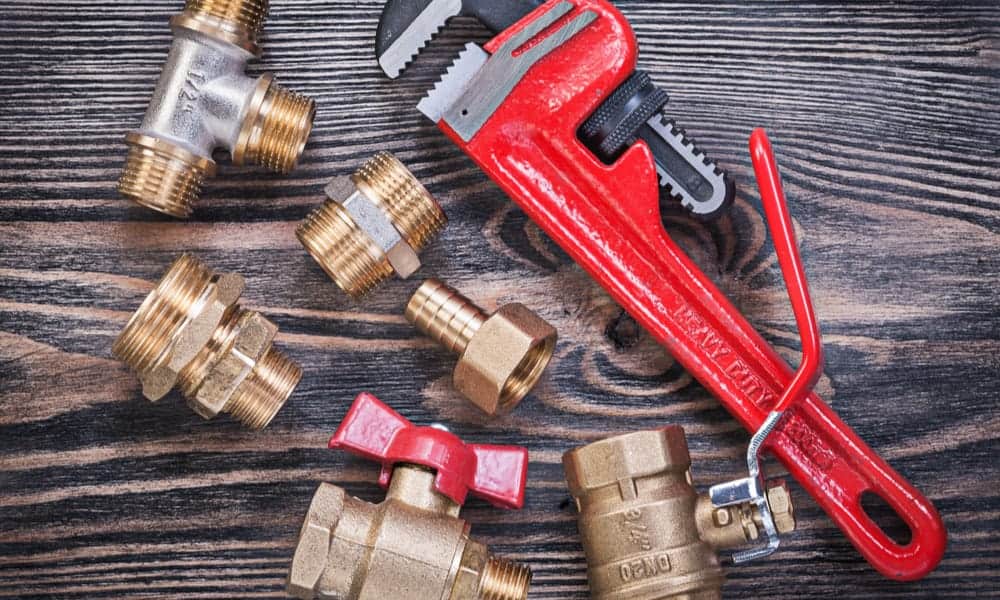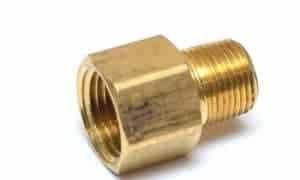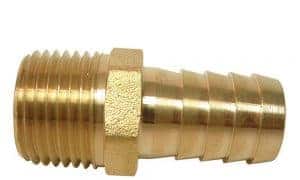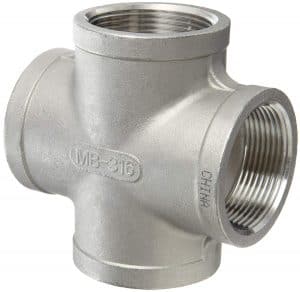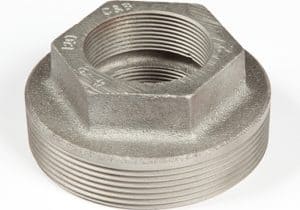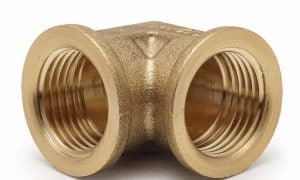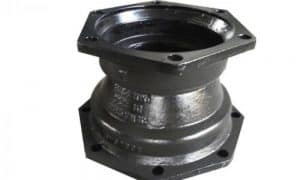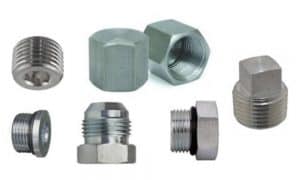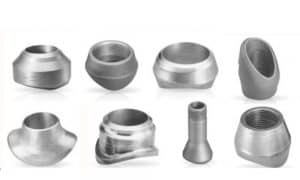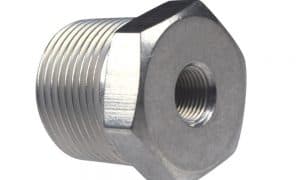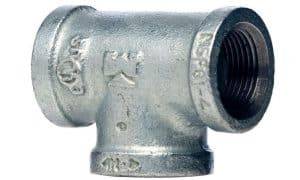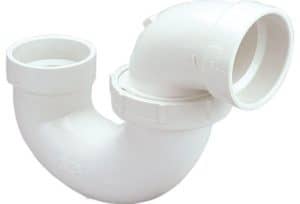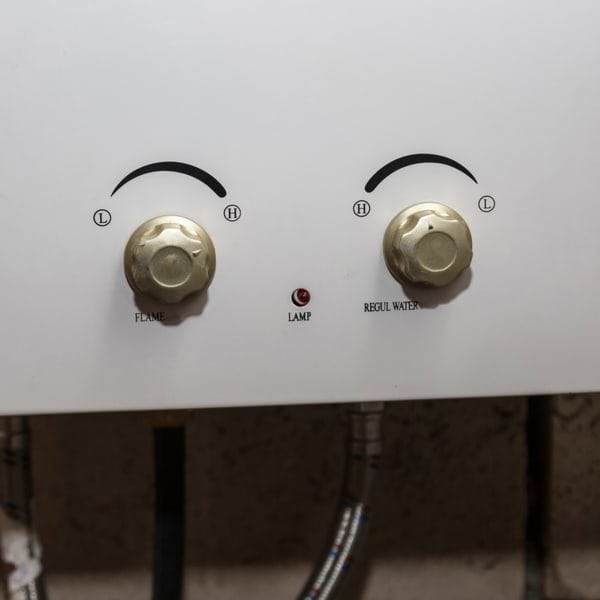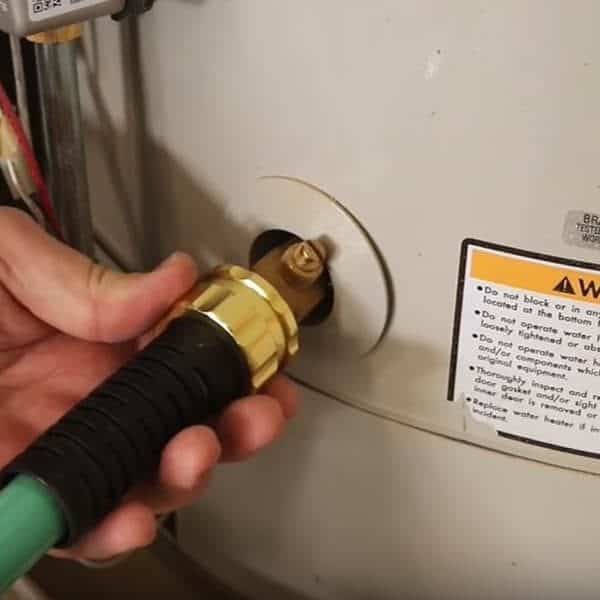Do you know how your plumbing works? If you don’t, here is a great insight. First, water flows into fittings such as bathtubs, showerheads, and toilet tanks. The regular or tankless water heater heats the water before it reaches the fitting.
After use, the water passes into drainpipes and delivers into a septic system. For a perfect flow, a plumbing system uses different types of plumbing and plumbing fittings. Below are some of the most common types you can find in buildings (even if it has a propane tankless heater).
Various Forms of Pipe Fittings
If you want to know the “types of plumbing and pipe fittings, here are the options in you will find in most hardware store.
1. Adaptor Fittings
If you have to connect different pipes for fixtures such as a tankless gas water heater, you will need to use an adapter. Adapters have male or female ends that help different pipes match.
If the ends do not have threads, you can solder or weld it with the pipe. You can even use glue to join both items.
Adapters are perfect for projects that use PVC or copper pipes. You can get this fitting in brass, PVC, and stainless steel.
2. Barb Fittings
This item attaches hoses to pipes. It consists of a male end, while the other part has a tapered tube. It also comes with a clamp to make it fit perfectly.
Barbs are made from plastic or brass. For cold water, you will need to use the plastic model while hot water works better with the brass barb.
3. Bushing Fittings

4. Coupling

There are three types of couplings, which include normal, slip, and compression coupling. Each model works in different ways.
A slip fitting has a pipe that slides out of another one, thereby extending its length to fix any length of broken plumbing. But if you want to use a compression coupling, you will have to place it between two pipes. The couplings also work great when used to fix leaks with a gasket or rubber seal.
5. Cross Pipe Fitting
Unlike the previous types of plumbing and plumbing fittings, this item is cross-shaped and connects four separate pipes. Some models have three outlets and a single outlet while others have a single outlet and three inlets.
This item is tougher than most types of plastic plumbing pipes and fittings because they connect multiple pipes.
6. Double Tapped Bushing
This special form of nipples has an internal and external thread. Since the center hole is covered in threading, it is also called double-tapped.
You can also see this fitting as a reducer. However, it is rigid than the average one. Most double-tapped bushings have female features.
7. Elbow Fittings
This product looks like a human elbow as it has a similar bend. You can use this fitting to direct the flow of water in the plumbing. Elbows are available in 90 degrees, but you can find other models in 45 and 90 degrees.
Some elbows can connect pipes with varying sizes. Elbows are made from different materials and have internal threads.
8. Flange Fittings
This Fitting has a flat circular-shaped and it builds a strong seal for fasteners. You can use this item when working with plumbing that passes through hard surfaces like walls or ceilings.
One of the most popular items for DIY projects is the toilet flange. Also known as the closet flange, it helps lock the toilet to the floor and attaches the toilet and drain piping.
9. Mechanical Sleeve
If you want to connect two pipes with a screw, this item will help you install the fitting quickly. The fitting includes a rubber that is placed in a stainless steel clamp.
When you screw in the clamp, it uses the rubber device to create a strong seal. This fitting is slightly flexible, which means you can use it in tight areas.
10. Nipple
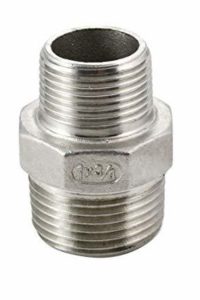
There are also different types of nipples. Some have continuous threads (closed nipples) while others have outer threads while sporting various lengths.
11. Plug and Cap
During repairs and checkups, these items are used to seal the opening of pipes. Both fittings have threads while the plug serves as the male while the cap acts as the female.
Various materials are used to build these fittings. Such materials include plastic, rubber, or metal. They can also be attached to pipes via soldering, welding, adhesives, and threading.
12. Olet Fittings
If you have a project that requires fitting in a specific size, you can use an Olet. You can also use this fitting if the inlet pipe on a T-section is larger than the outlet pipe. The most popular types of these items include the flange olet, lateral olet, and socket weld olet.
13. Reducer
This plumping item helps to reduce the diameter of a large pipe to a smaller size. Normally, there are two forms of reducers used by plumbers – the concentric and eccentric reducer.
The first one looks like a cone and is used for pipes on the same axis. Here, air might fill up space, thereby leading to the formation and collapse of bubbles.
Next is the eccentric reducer with an edge that lies parallel to the linking pipe. With this fitting, there are no bubbles.
14. Tee Fittings
As expected, this plumbing fitting has a T shape. It also has a single inlet and double outlets. Each outlet is set at right angles to the major inlet. You can also use it to drive the flow from two inlets to a single outlet.
Tee type fittings are made from various materials and come in numerous sizes. If the 3 sides have different dimensions, they are called unequal. But if you notice that all of them have similar shapes, you have an equal tee.
15. Union Fittings
Like some types of plumber and pipe fittings, this product comes with male or female threads. They even look like couplings, but they are easier to remove and replace.
A union is made up of three parts. These include the female end, the male end, and a nut that connects both ends.
16. Trap Fittings
You can find these fittings in pipes found beneath sinks in your kitchen or bathroom. They usually have a U or P shape while resembling dips on the plumbing.
A trap fitting performs two tasks. First, it stops unpleasant smells from leaking from the sink by storing drain water. It also prevents debris from blocking the drainage system.
17. Valve
With a valve, you change the direction of the water flow. The various types of fitting include throttling, isolation, and non-return.
- Throttling valves manage the volume and pressure of the liquid. You can find these fittings placed closed to isolation valves. Due to the excess workload, they do not last for long.
- Non-return valves permit water to flow in a single direction. Also known as check valves, they can be found in drains around your home.
- You can use isolation valves to separate a section of your plumbing, especially if you want to make repairs. Normally, these fittings are permanently open or shut. But it is advisable that you occasionally check if they are in working condition.
18. Wye Fitting
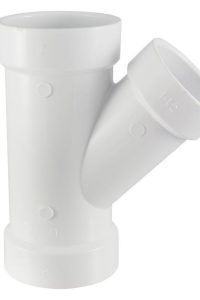
Wye reminds us of tee fittings. But they have better angles that prevent friction while allowing the water to flow gently. You can also use it to attach a horizontal drain pipe to a pipe in a vertical position.
Different Ways to Connect Plumping Fittings
You can use different ways to strengthen a pipe joint. However, your preferred method depends on the build and job you plan to carry out. Below are the various ways to attach your fittings.
Threaded fittings
To secure fittings here, you will need to twist them. Female piping and fittings have internal threads that match the male variants.
Push to Connect Fittings
If you are looking for a perfect fit for a DIY project, these items are the best options because they make installations easy. They provide excellent connections with rings and metal teeth. You can use them with pipes built from copper, PEX, and PVC.
Slip Fittings
In this connection fitting method, you need to attach the pipes and fittings with smooth surfaces. Afterward, you have to connect it with special chemicals.
Compression Fittings
Here, you can tight the joint by squeezing the pipe. The fittings include a threaded body, nut, and sleeve.
Flare fittings
This joint is used for projects that involve high water pressure and gas.
Crimp Fittings
To make this connection, you will have to fix the fitting on the pipe. Then squeeze the joint with a special tool and metal ring.
Clamp Fittings
With these fittings, you need to place the clamps around the piping after adding the fitting.
Tips for Plumping and Pipe Fitting Material
You can find plumbing fittings made from different materials such as PVC, brass, or copper. However, there are some tips you should consider.
- Some special fittings can match two pipes made from different materials.
- If you have a PEX piping in your home, use PEX fittings. These products are made from plastic or glass.
- For non-hidden places like under your bathroom sink, choose fittings made from chrome-plated brass. This option will add to the elegance of your bath space.
- Use PVC fittings for cold water supply lines as heat can damage them.
Wrap Up
A complete plumbing system has different types of plumbing and pipe fittings. These items ensure the perfect supply and disposal of water in your home.
These fittings are made from different materials while performing various functions. Some of the popular fittings in any home include adaptors, flanges, nipples, tees, wyes, and elbows.
To secure a pipe to a fitting, you need to find a suitable method. You can go for threaded fittings, where you twist the pipe with the fitting or fittings that require special tools.
If you have any questions or comments, you can place them in the comment box below. You can also share this article with your friends on social media.
